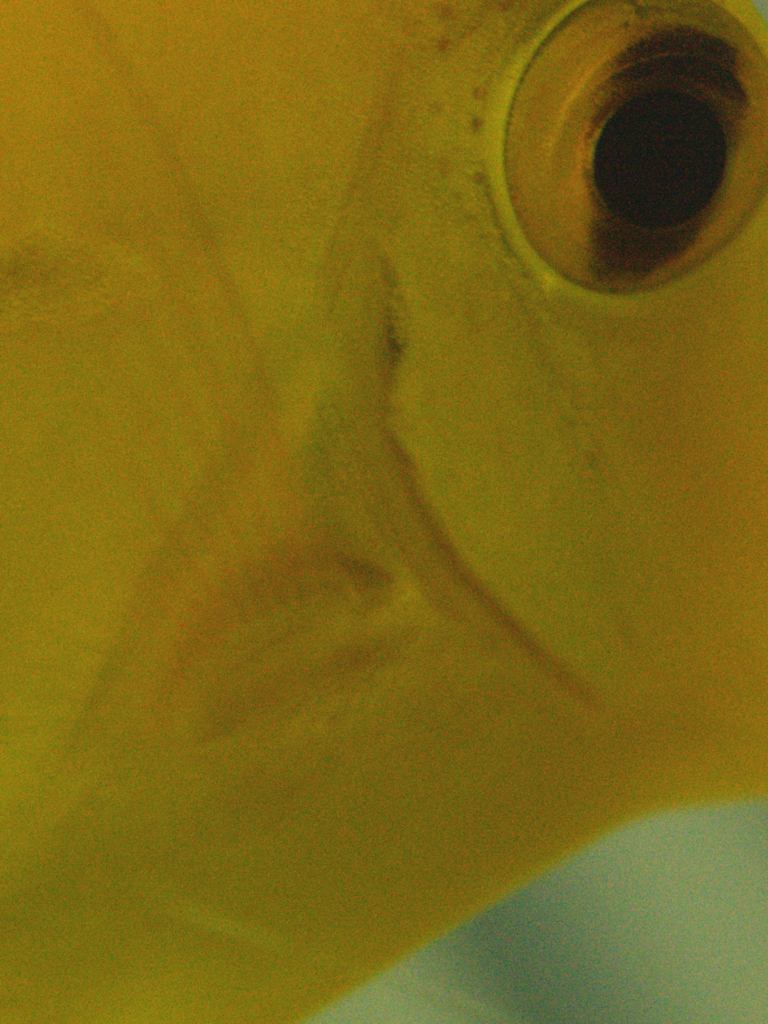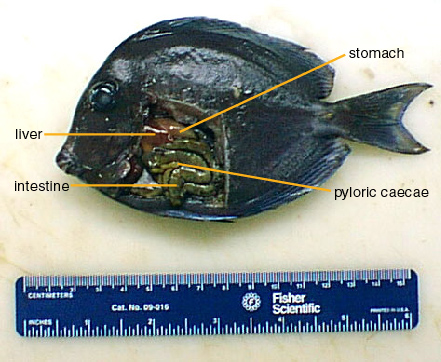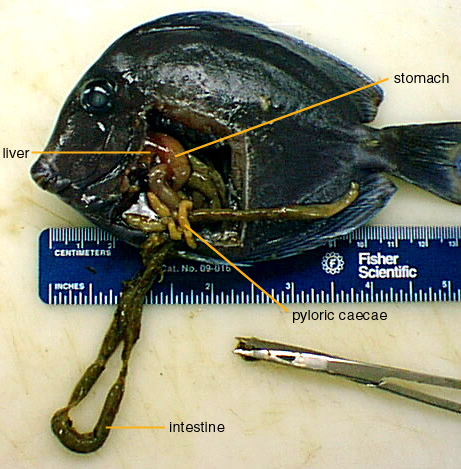- Joined
- Dec 2, 2015
- Messages
- 131
- Reaction score
- 72
Oh no! I'm so sorry to hear what happened. If it wasn't flukes do you think it was from all the medications? I certainly hope the butterfly makes it.
Also just to let you know, my tangs have velvet and a bacterial infection, but because I've been following this thread and copying your steps almost exactly, my fish are doing great. They're eating and they look 100% better.
If something should go wrong during the last freshwater dip, I know to put them back in QT.
We learn from each other's mistakes. Great teamwork. Do another thread like this one and many reefers will follow. [emoji4]
Also just to let you know, my tangs have velvet and a bacterial infection, but because I've been following this thread and copying your steps almost exactly, my fish are doing great. They're eating and they look 100% better.
If something should go wrong during the last freshwater dip, I know to put them back in QT.
We learn from each other's mistakes. Great teamwork. Do another thread like this one and many reefers will follow. [emoji4]






















